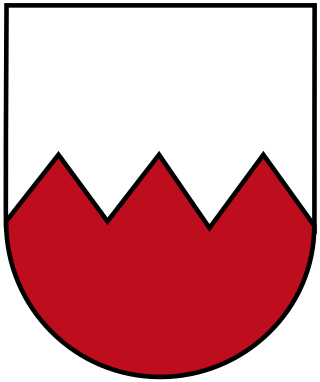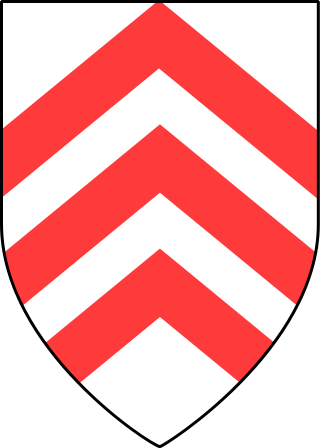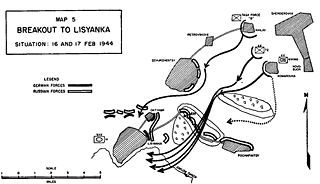| 35th Infantry Division | |
|---|---|
 | |
| Active | October 1936 – May 1945 |
| Country | |
| Branch | Army |
| Type | Infantry |
| Size | Division |
The 35th Infantry Division (German: 35. Infanteriedivision) was a German Army infantry division in World War II.
| 35th Infantry Division | |
|---|---|
 | |
| Active | October 1936 – May 1945 |
| Country | |
| Branch | Army |
| Type | Infantry |
| Size | Division |
The 35th Infantry Division (German: 35. Infanteriedivision) was a German Army infantry division in World War II.
The 35th Infantry Division was raised in October 1936 in Germany's re-militarisation. It was mostly used on the eastern front.
In May 1940, the division was part of the German forces sent to invade France and Belgium, remaining as an occupational formation in the two nations until June the next year, when it took part in Operation Barbarossa (the invasion of the Soviet Union). Between then and April 1945 the division would remain in the central and southern sectors before being forced back to East Prussia by the advancing Red Army.
The 35th Infantry Division was one of many Wehrmacht units which committed war crimes in the Soviet Union. [1] During early 1944 it was involved in an operation in the Gomel Region of Belarus in which 40,000 civilians were expelled from their homes as the German Army retreated; approximately 9,000 civilians died. [2] The 35th Infantry Division undertook a similar operation in early April 1944 in which it rounded up civilians who it then either used for forced labour or expelled from the region; 3,500 were expelled. [3] During that month, the divisional engineer battalion's third company massacred civilians in the towns of Karpilovka and Rudabelka. [4] This operation was planned by the company's officers, who retained control over their soldiers during the killings. [5] Nine members of the division were convicted of this massacre by a Soviet military tribunal in 1947 and sentenced to 25 years hard labour. [6]
|
|
|
The 10th Infantry Division was created in October 1934 under the cover name Wehrgauleitung Regensburg to hide its violation of the Treaty of Versailles. It was renamed the 10th Infantry Division when the establishment of the Wehrmacht was announced publicly in October 1935.

The German 73rd Infantry Division or in German 73. Infanterie-Division was a German military unit which served during World War II. The division consisted of more than 10,000 soldiers, primarily of the infantry branch, with supporting artillery. The division was only semi-motorized and relied on marching for the infantry units and horse-drawn transport for most of the support equipment, especially the artillery.

The German 23rd Infantry Division, later the 26th Panzer Division, was a military unit operational during World War II. It was organized along standard lines for a German infantry division. It was non-motorised and relied on horse-drawn wagons for its mobility. The unit carried the nickname Grenadierkopf.

The 13th Panzer Division was a unit of the German Army during World War II, established in 1940.

The German 20th Infantry Division was an infantry division of Nazi Germany.

The 3rd Infantry Division was an infantry division of the German Army that fought in World War II. The division was established under the cover name Wehrgauleitung Frankfurt in 1934 by expanding the 3rd Division of the Reichswehr. It was redesignated Kommandant von Frankfurt shortly afterward, and took on its bona fide name when the formation of the Wehrmacht was announced in October 1935. In March 1939 the division took part in the invasion and occupation of Czechoslovakia.
The 18th Infantry Division was formed on 1 October 1934 as Infantry Command III in Liegnitz and renamed the 18th Infantry Division on 15 October 1935. Mobilized in August 1939, it participated in the Invasion of Poland and in 1940 in the Battle of France. After the French campaign, the division was motorized and redesignated 18th Motorized Infantry Division on 1 November 1940 serving on the Eastern Front for the remainder of the war. In June 1943, the division was redesignated 18th Panzergrenadier Division.

The German 5th Infantry Division was formed in October 1934 and mobilized on 25 August 1939. The division's troops were garrisoned in Konstanz, Ulm, and Freiburg. When formed, the division consisted of the 1st, 2nd, and 3rd battalions of the 14th, 56th, and 75th Infantry Regiments, the 1st, 2nd, and 3rd Battalions of the 5th Artillery Regiment, the 1st battalion of the 41st Artillery Regiment, and assorted 5th Division support units.

The 6th Infantry Division was a unit of the German Army during World War II.
The 21st Infantry Division was a German military unit which fought during World War II.

The 286th Security Division was a rear-security division in the Wehrmacht during World War II. The unit was deployed in German-occupied areas of the Soviet Union, in the Army Group Centre Rear Area. It was responsible for large-scale war crimes and atrocities including the deaths of thousands of Soviet civilians.

The 32nd Infantry Division of the German Army was mobilized on 1 August 1939 for the upcoming invasion of Poland. At that time, it consisted of the usual German infantry division elements: three infantry regiments of three battalions each, one three-battalion regiment of light artillery, one battalion of heavy artillery, a Panzerjäger (anti-tank) Battalion, a reconnaissance (Aufklärungs) Battalion, a Signals Battalion, a Pioneer (Engineer) Battalion, and divisional supply, medical, and administrative units.

The 83rd Infantry Division,, was a German reserve and security formation during World War II.

The 72nd Infantry Division was formed on 19 September 1939 in Trier from Grenz-Division Trier, a border security unit.

The 30th Infantry Division of the Wehrmacht was created on 1 October 1936 in Lübeck and mobilized on 26 August 1939 for the upcoming invasion of Poland. At that time, it consisted of the usual German infantry division elements: three infantry regiments of three battalions each, one three-battalion regiment of light artillery, one battalion of heavy artillery, a panzerjager (anti-tank) battalion, an aufklärungs (reconnaissance) battalion, a signals battalion, a pioneer (engineer) battalion, and divisional supply, medical, and administrative units.

The 15th Infantry Division was an infantry division of the German Army during the interwar period and World War II, active from 1934 to 1945.

Johann-Georg Richert was a German general during World War II. He commanded the 286th Security Division whose personnel committed numerous war crimes in occupied Belarus, in the Army Group Center Rear Area.

The 81st Infantry Division was an infantry division of the German Army during World War II. It was active from 1939 until 1945 and served primarily on the Eastern Front.
The 134th Infantry Division was a German division in World War II. It was formed in October 1940.
The 290th Infantry Division was a German infantry division in World War II. It was formed in the Munster Training Area in Wehrkreis X on 6 February 1940 and surrendered to Soviet forces at the end of the war as part of Army Group Courland.